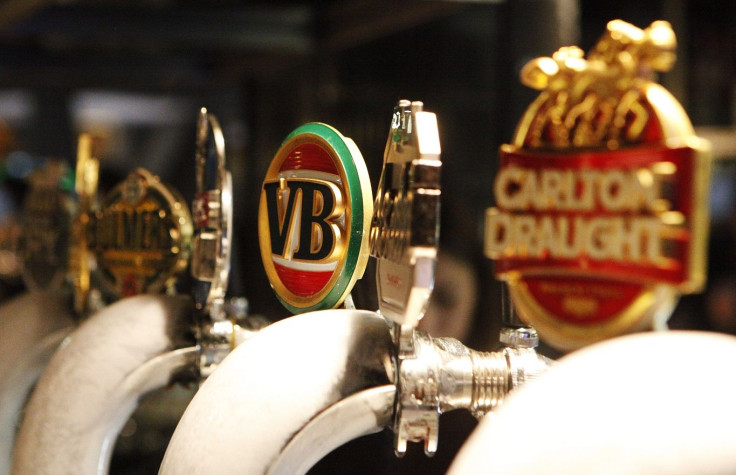Craft distilling wave hits Australia as US spirits industry experiences robust growth

The first batch of handcrafted spirits has reached Australia, giving the distillery industry a boost. Consumption of spirits has grown with the emergence of dozens of distilleries in the country. The craft-distilling industry in the U.S., meanwhile, is in a steady upward trajectory.
"We're still learning what maturing whisky in Australia means," noted spirits expert Scott Fitzsimons in a report exploring the trend on Good Food . "We don't really know yet."
Good Food reported that Archie Rose, the first distillery in Sydney in 150 years, “filled its first cask in February.” New Norfolk’s Redlands Estate, meanwhile, has released its first batch of single malt. The same is true for Black Gate in New South Wales which crafts sherry-matured single malt.
But while whisky seems to be hogging all the limelight, Australian craft gin is also slowly rising up to the national stage. The Australian noted that no more than five years ago, Aussies had not much care for gin but “had since developed an insatiable thirst for gin overnight.”
Citing data from Roy Morgan, the news outlet also noted that gin consumption in the country has climbed 36 percent since 2010 while demand for other white spirits like vodka and tequila has went down.
The Australian also said that if this trend continues, gin may overtake vodka as the nation’s “favourite white spirit” by 2020.
This was quite a feat on its own for local distillers as starting one in Australia was certainly no cakewalk. The challenge of working around regulations is also another story. After-midnight bans on the sales of alcohol on-premises, for instance, has put a damper on the revenue of many distillers and bar owners, especially in the central business district, according to The Spirits Business .
But despite these, there’s no stopping the nascent spirits and craft distilling industry Down Under. Consumption has tremendously grown and there are some 50 distilleries in operations.
In the United States — which was, for a while, the poster boy of the craft distilling boom — spirits consumption continues to climb. American whiskey sales, in particular, have driven industry growth to an all-time high for the 18th consecutive year, the latest report from the Beverage Information & Insights Group’s Liquor Handbook 2015 revealed.
Citing data from the handbook, The Drinks Business reported that industry sales edged up by 1.5 percent last year to 211.8 million 9-litre case. Improved economic conditions leading to better jobs and income have afforded consumers the chance to “upgrade” and experiment with more products and brands.
Also behind this growth are millennials with a thirst for “authentic products with heritage and history” and consumers looking for “trendy” American whiskies. Craft-spirits distilleries have jumped from just 51 to 588 within the past 10 years, data from the American Distilling Institute revealed, according to Dow Jones Business.
Outside Kentucky, Portland has been one of the centres of this boom, giving rise to award-winning craft distillers such as Eastside Distilling, Inc. (OTCQB: ESDI) , known for its Burnside Bourbon, Cherry Bomb Vodka, and Portland Potato Vodka.
Other notable distilleries in the Rose City are House Spirits Distillery, Vin Distillery, and Brandy Peak Distillery, New Deal and Stone Barn Brandyworks. Eastside Distilling, Stone Barn, New Deal and Vinn are all part of the famed Distillery Row , a small, industrial neighbourhood that is home to seven independent distillers.
ADI also noted that craft spirit makers, which currently account for just 1 percent of the U.S. liquor market, could increase their share by 8 percent in the next five years. This, of course, would cannibalise the share of giant liquor brands such as Diageo PLC (NYSE: DEO) and Pernod Ricard SA (OTCBB:PDRDY.PK) .
But even if both attempt to take advantage of the craft trend, with resources and all, it will remain to be an uphill climb. "There's a renaissance in America now with a craft movement happening in coffee, bread, beer and now spirits," ADI president Bill Owens told Dow Jones Business in a separate report. “Small brands have a story that the big boys can’t tell.”
Contact the writer at feedback@ibtimes.com.au, or let us know what you think below.






